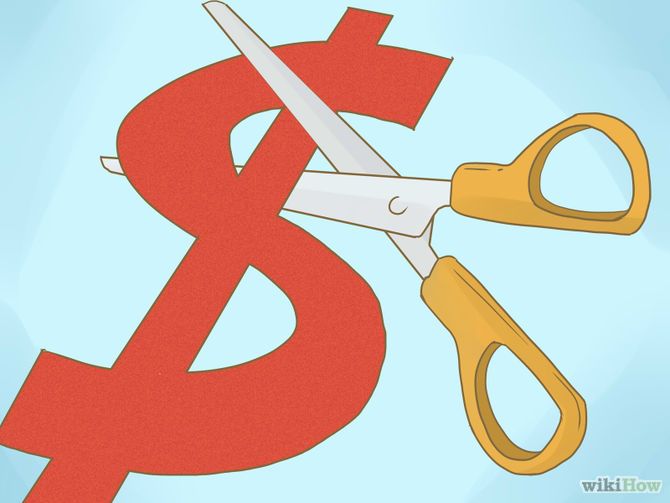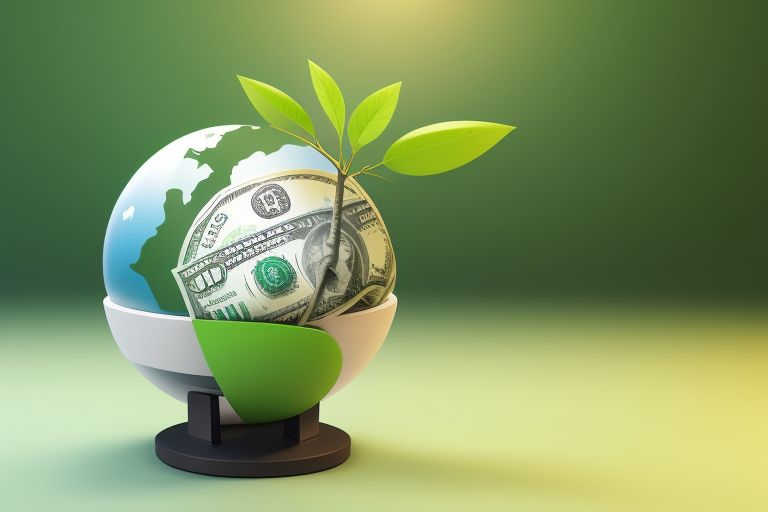
It is always wise to have some cash saved in case of any emergency to avoid defaulting and have some security when faced with untoward circumstances. This may mean taking a one-time big hit to build up resources that, when used appropriately, prevent the need for going into credit card debt for household issues such as the loss of a job or business, medical issues, or acute car problems. The following charts contain strategies that one can apply to help fashion a financial cushion.
1. Build an Emergency Fund
The first thing one needs to do to create a financial security measure is to create an emergency fund. To be safe, it is recommended that one set aside money equivalent to three to six months of one’s income. This fund will be your source of emergency cash in events such as an accident, sickness, or job loss.
2. Cut Unnecessary Expenses

There are three fundamental ways to increase your emergency fund, and the most important one is to reduce expenses. After considering your current expenditure, try to look for areas in which you can be able to cut your expenses. Instead, channel those savings towards your emergency funds or paying your bills.
3. Diversify Your Income Sources
It is always inadvisable to depend on one source of income. It could be time to find a second source of income through additional working hours or employment for extras. Having more than one source of income is normally safer because even if one stream of income is lost, there will still be some money coming in.
4. Pay Off High-Interest Debt
Debts that attract high-interest charges, such as credit card balances, negatively affect a person's financial security. In this case, more emphasis should be placed on the early repayment of these debts to improve the available income for use in savings and investment. Living without any debt is the next aspect of a good financial wall.
5. Invest in Insurance
Insurance is part of your security system, which needs to be well-developed. Regardless of whether it is health, life or disability insurance, should you not have enough of this coverage, you and your family can be financially wiped out in the event of any calamity. It would help if you also searched for the right policies you can afford in today's market.
6. Automate Your Savings

There is no silver bullet when it comes to creating a financial cushion. Pre-saving means creating a systematic way of setting aside a certain amount every month without any considerations. This little practice enables you to build your emergency savings and allocate your funds properly.
Conclusion
Saving is, therefore, not a one-day affair but rather an investment of time and resources. When you create an emergency fund, reduce your unnecessary spending, have multiple streams of income, eliminate high-interest debt, invest in insurance, and save on autopilot, you will be ready to face all life's events. Begin with a small portion of what you need and remain constant, and you will then get what you long for financial stability.

How to Maximize Your 401(k) Contributions

The Rising Importance of Cybersecurity in Financial Services

Decentralized Finance (DeFi): Is It the End of Traditional Banking?

The Role of Central Banks in Shaping National Economies

The Impact of Global Economic Shifts on Financial Markets

The Evolution of Mobile Payments: Navigating Through Trends and Future Prospects

The Impact of Technological Innovations on Traditional Banking Models
